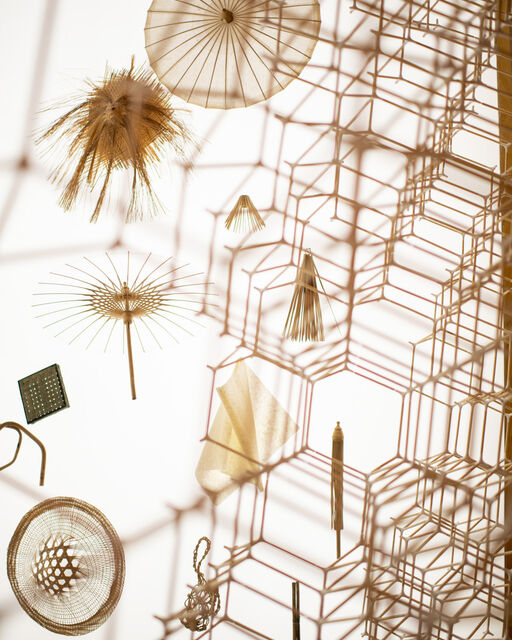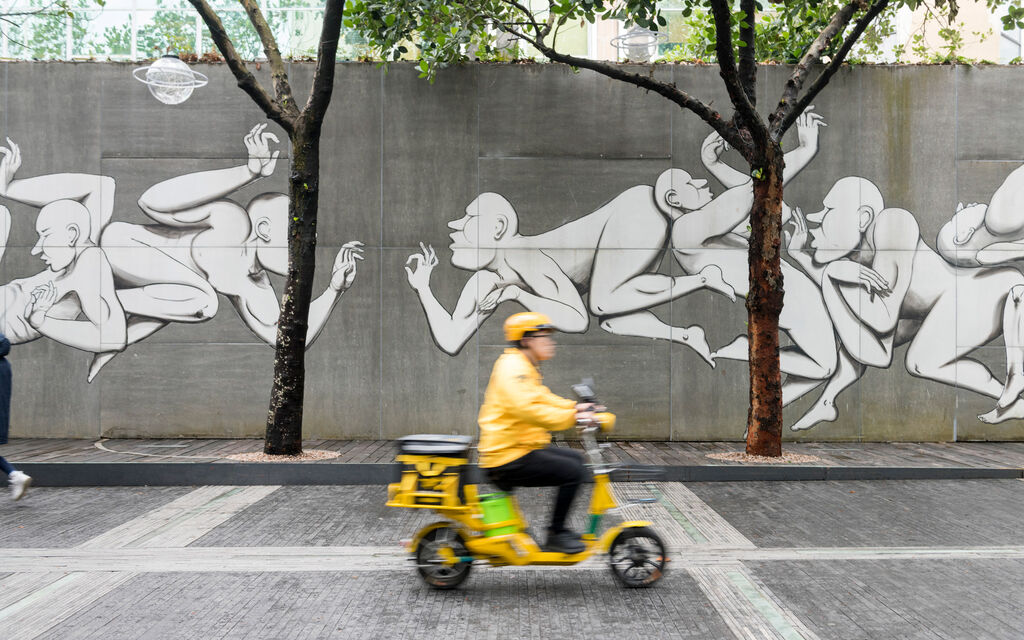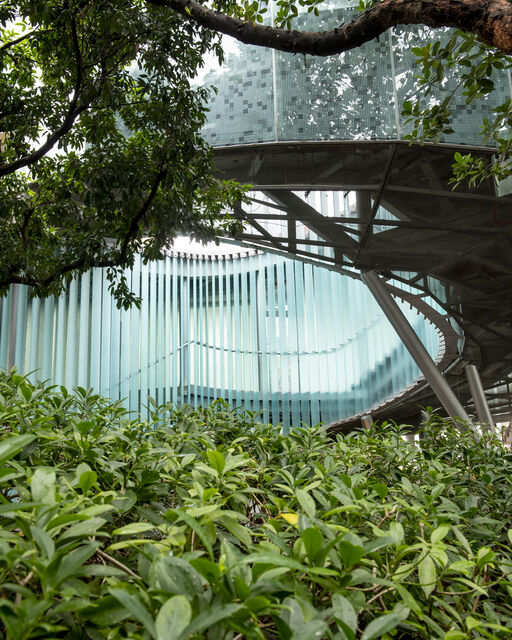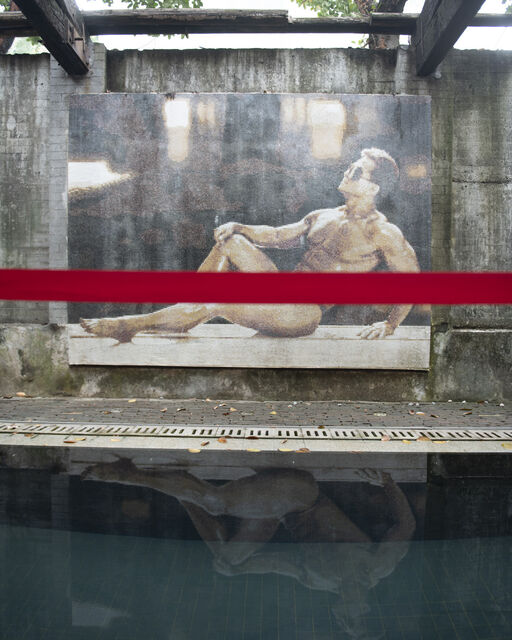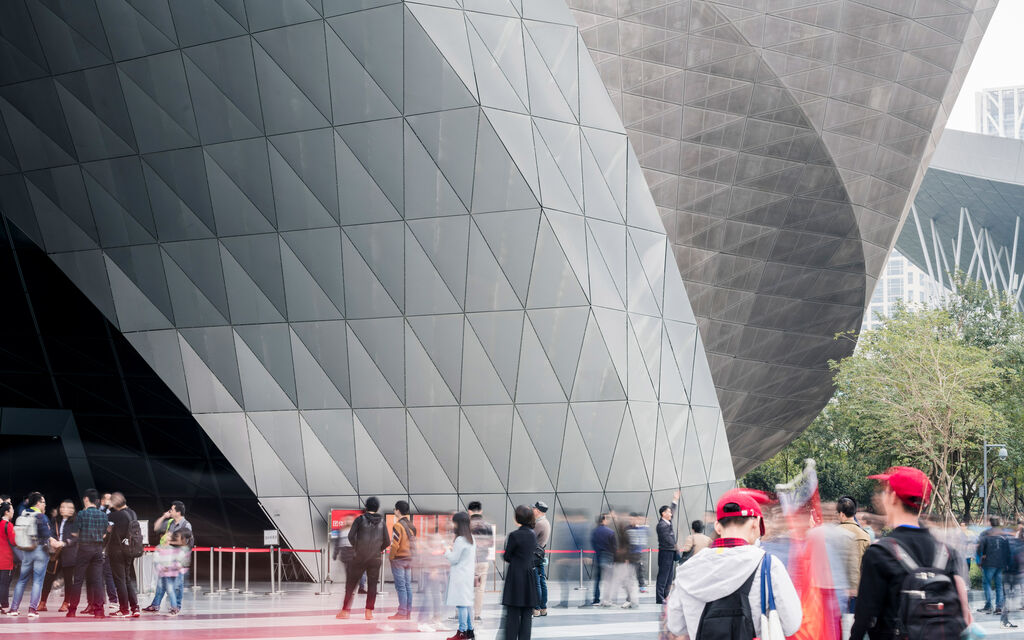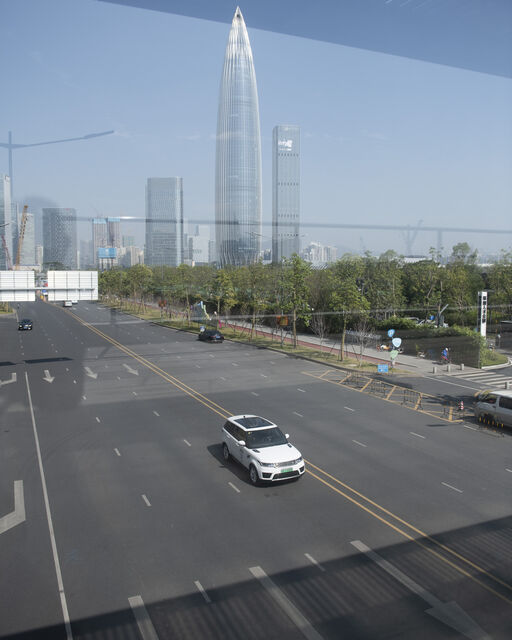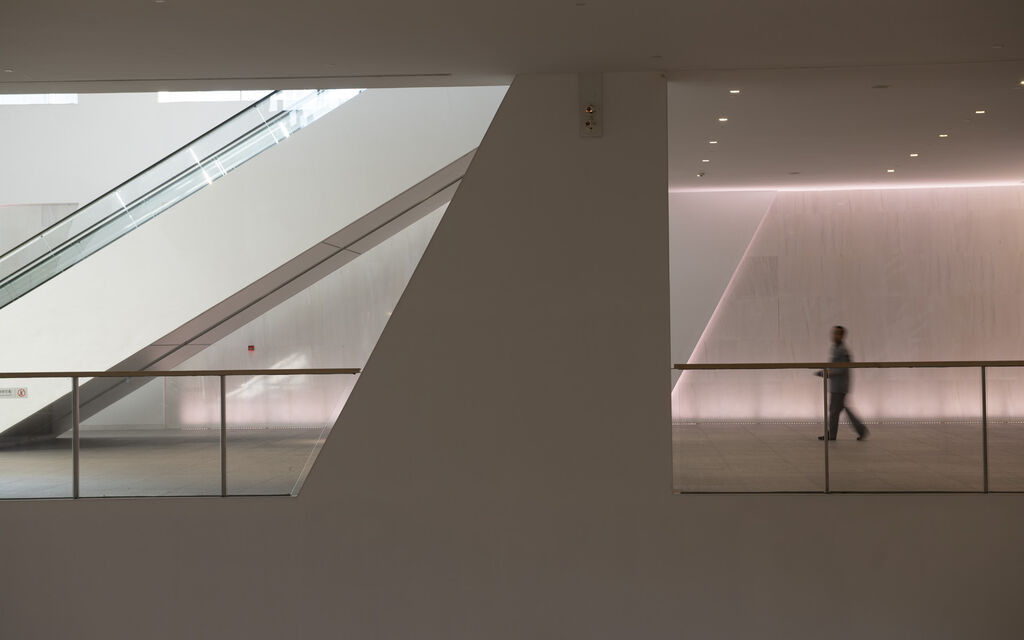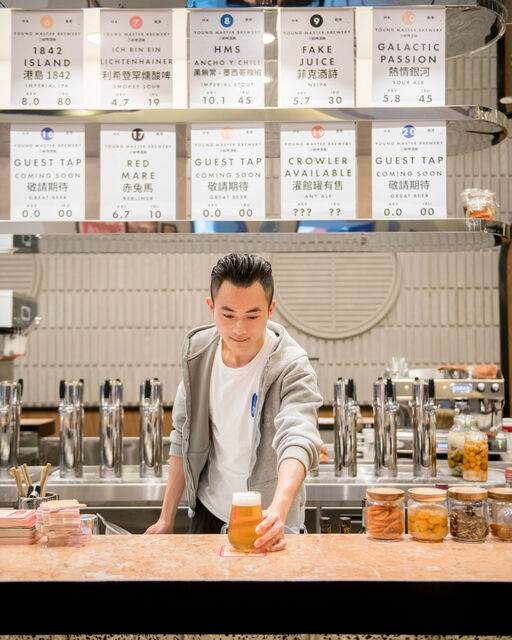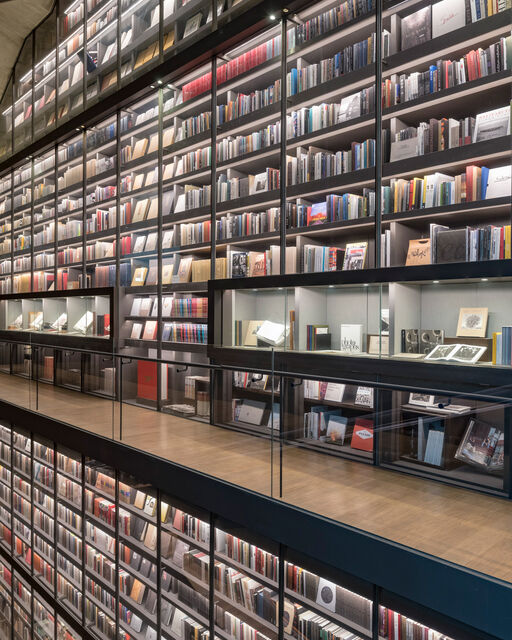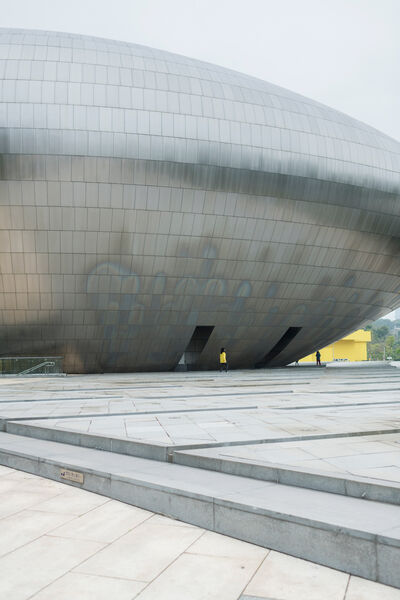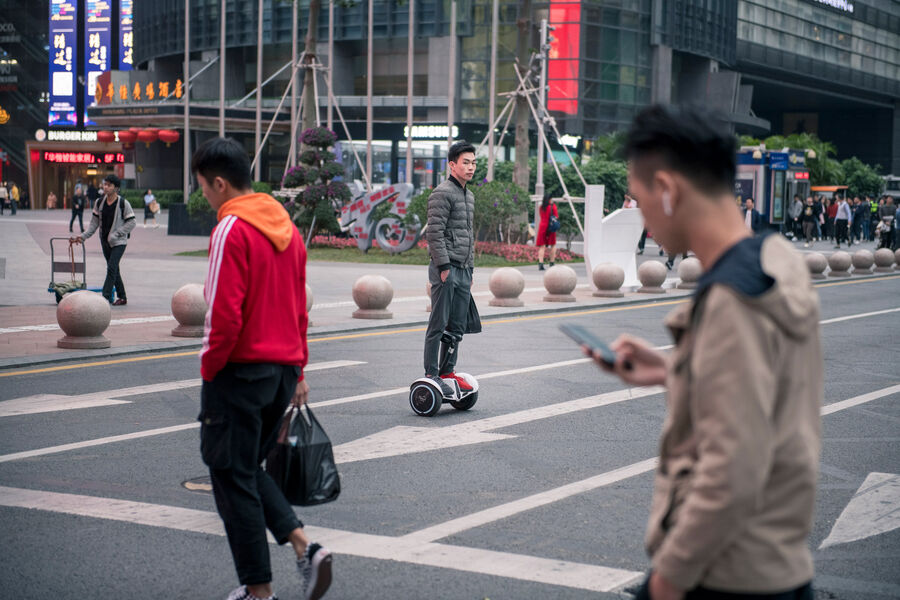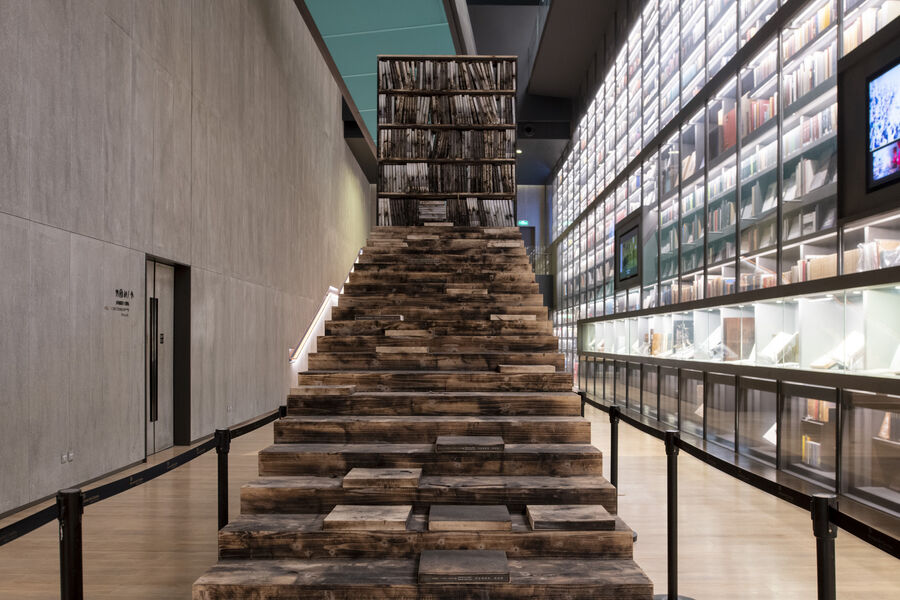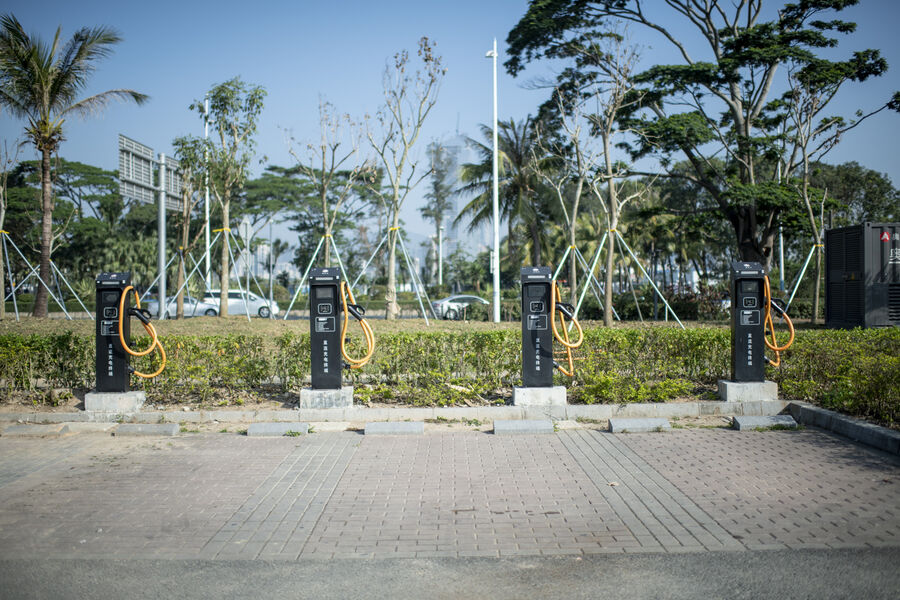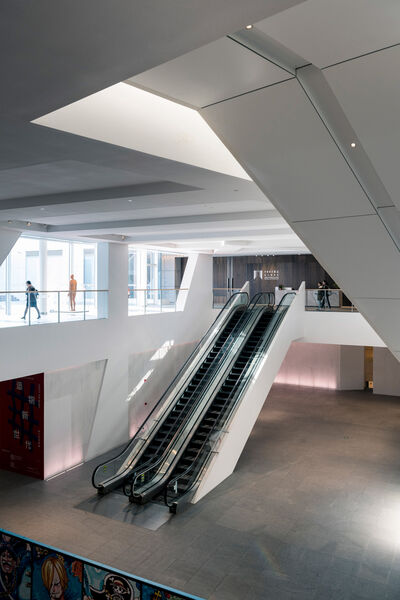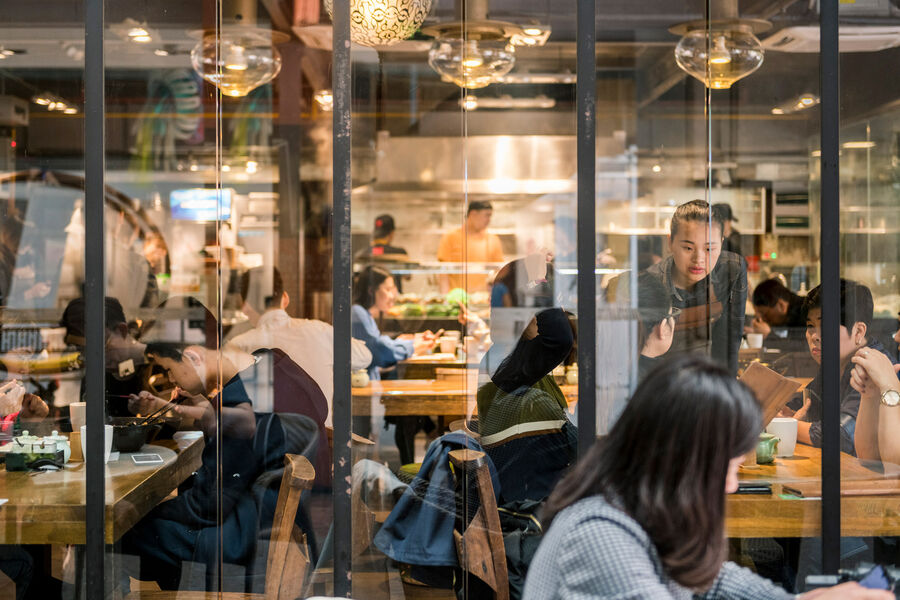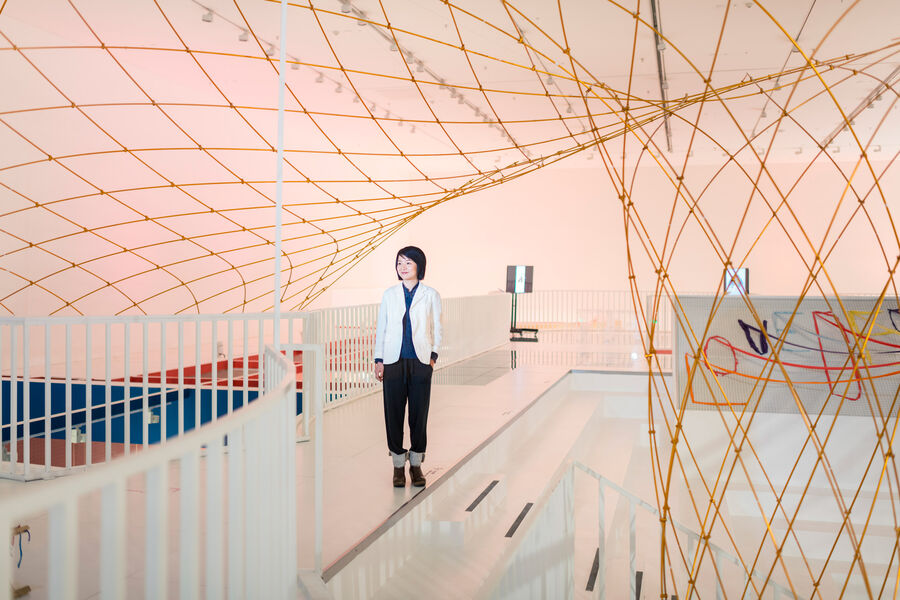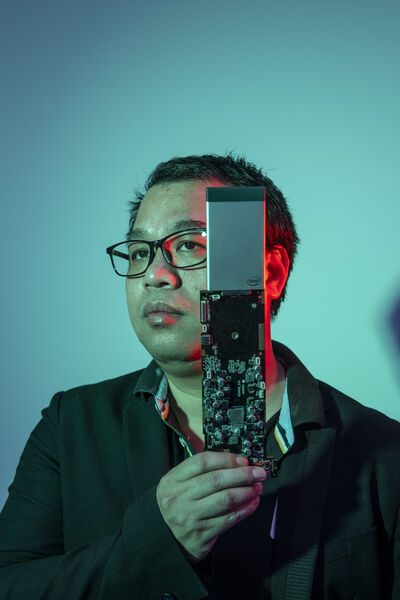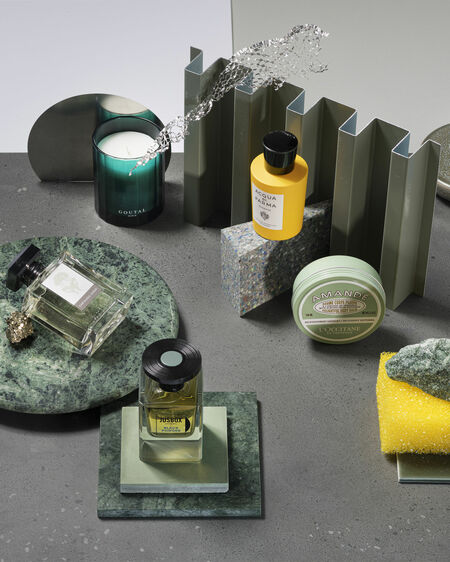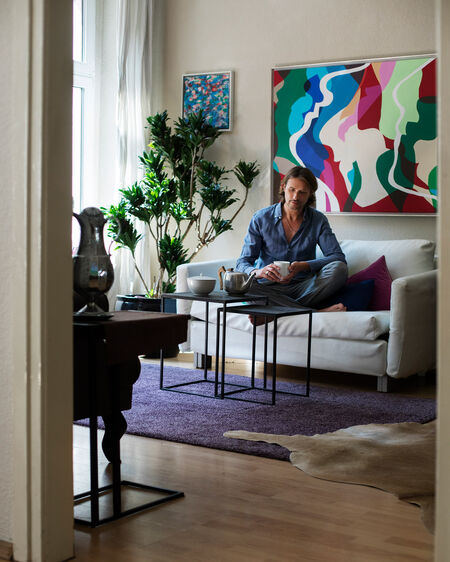Welcome to the future...
Shenzhen is committed to environmentally friendly urban living. In 2018, the entire bus and taxi fleet of the Chinese metropolis was converted to electric propulsion. The city now has one of the world's densest networks of EV charging points. What better location for a drive in the Range Rover Sport PHEV? Author Nathaniel Handy and photographer Stefen Chow delivered an impressive travel story about the city of tomorrow.
Intrigued? Here is an excerpt from Issue 38 of Land Rover's ONELIFE magazine:
A city shaped by a phalanx of glass skyscrapers on the edge of a vast natural harbor. A city that is the economic engine of the country with the highest per capita income, and is shaped by immigrants. No, we are not talking about New York, but Shenzhen in the 21st century, which stands for the new China more than any other city.
Shenzhen celebrated its 40th birthday at the end of 2018. The city was founded by then party leader Deng Xiaoping. It was his first project as part of his plan to open China to the outside world. The sleepy fishing village was chosen because it is directly adjacent to the financial hub of Hong Kong. The simple factory city, from which the vast majority of made-in-China products in Western households originate, grew into a metropolis with 13 million inhabitants, where techno giants such as Huawei, Tencent and Alibaba are based.
Forward thinkers, tech developers and start-up founders also have their say:
"Shenzhen consists of a series of urban villages in which new things develop organically," explains Tat Lam of social enterprise Shanzai City. "So you can talk about a 'city for people'. Megaprojects are a thing of the past; instead, the population decides which innovations work on a small scale; the most popular ones then prevail". Over the last 20 years, some of these small ideas have become big things. A block measuring 3x3km houses the headquarters of the corporate giants Alibaba, Tencent and Huawei, as well as the world's leading drone manufacturer DJI. Such development can bring with it problems such as dirt, smog and noise. But Shenzhen has a few clever ideas in this respect, too.
"In the meantime, half of Shenzhen also consists of green spaces, almost without precedent in China."
But the greenery is not limited to the mountains, which extend into the city centre. On the almost silent ride through the city thanks to the electric drive in the Range Rover Sport PHEV, we see palm trees and tropical climbing plants lining every street. Deep, shady undergrowth balances out concrete and glass. Plants even hang from skyscraper facades. Along these green belts we drive down from the highway to parking lots with EV charging posts between palm trees and lawns. Water is also omnipresent—in the form of gargoyles, cascades or quiet pools.
Read about the city of tomorrow in ONELIFE Issue #38.
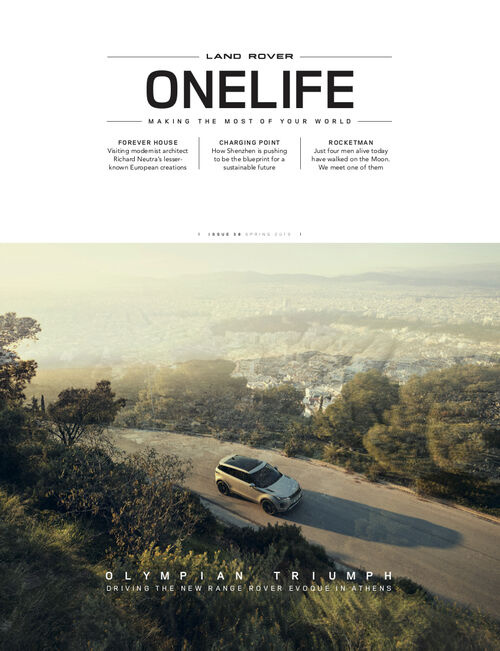
Adventure, experience and variety - three characteristics that typify the Land Rover brand. Just like the premium British carmaker, the customer magazine ONELIFE, produced from 2016 to 2019 in partnership with Jaguar Land Rover's in-house creative agency Spark44, lives the motto 'Above & Beyond'. Extraordinary photography and stories, translated into a dozen languages, provide exciting insights into Land Rover's world – and reflect the authentic lifestyle that its readers live.
